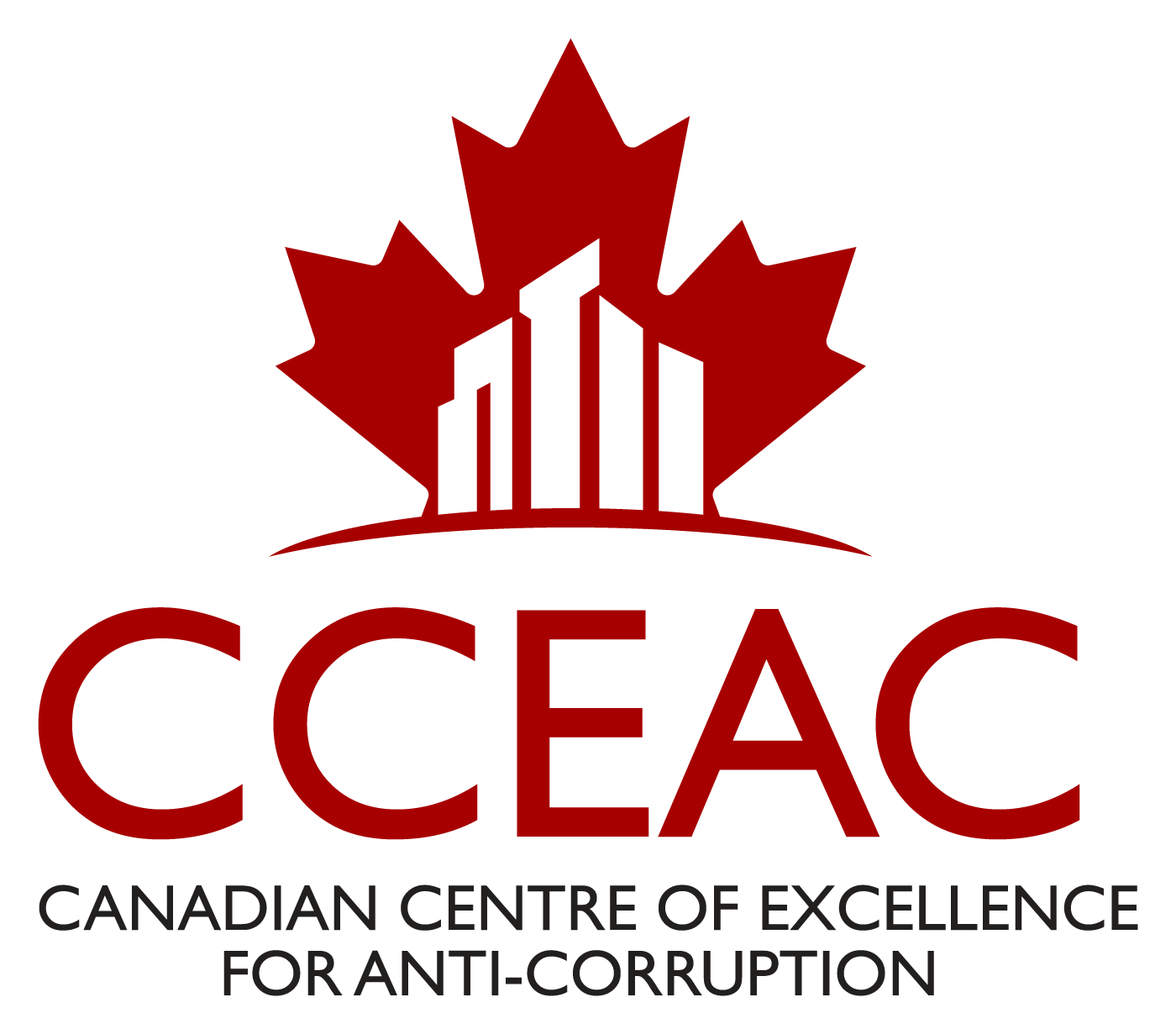The idea for this handbook began with G20 governments looking for ways to practically implement
the 2010 G20 Anti-Corruption Action Plan. This Plan recognises the integral role the private sector plays
in the fight against corruption and calls for greater public-private partnership in this effort. Since the
adoption of the Plan, G20 governments and their private-sector counterparts have met on a number of
occasions to look at ways to build this partnership.
One of the suggestions that has come out of the discussions has been companies’ observation that the
myriad of existing anti-corruption principles for business can be confusing, especially for small and
medium-sized enterprises with limited resources, which are looking for concrete ways to prevent
corruption in their business dealings in an increasingly complex and globalised operating environment.
To address this challenge, this handbook has been developed by companies, for companies, with
assistance from the Organisation for Economic Co-operation and Development (OECD), the United
Nations Office on Drugs and Crime (UNODC), and the World Bank. Our three organisations only
facilitated the work of private-sector organisations, which have volunteered their expertise and time with
us. These organisations include: representatives from the accounting and auditing profession, the Basel
Institute on Governance, the Business and Industry Advisory Committee to the OECD (BIAC), the
International Bar Association (IBA), the International Chamber of Commerce (ICC), the World Economic
Forum Partnering Against Corruption Initiative (PACI), Transparency International (TI), and the UN
Global Compact.
The handbook is not intended to create new standards or represent any form of legally binding
requirement for businesses. It has been developed to serve as a useful, practical tool for companies seeking
compliance advice in one, easy-to-reference publication.
The handbook is divided into three sections. The first section provides an overview of the
international anti-corruption framework, within which companies conducting international business must
operate. The second section provides a brief introduction to how companies can assess their risk in order to
begin developing an effective anti-corruption ethics and compliance programme. The third and most
significant section brings together the major business guidance instruments. A comparison of these
instruments reveals that they all largely include the same basic anti-corruption ethics and compliance
elements. These elements are further illustrated using real-life, anonymised case studies provided by
companies. Finally, the handbook includes as an annex a quick-reference table providing a crosscomparison
of all the major business guidance instruments referenced in this handbook.
The OECD, UNODC, and World Bank hope this handbook will be a useful resource not only for
companies headquartered in G20 countries, but for all companies that recognise the need for developing
and implementing robust anti-corruption ethics and compliance programmes.










